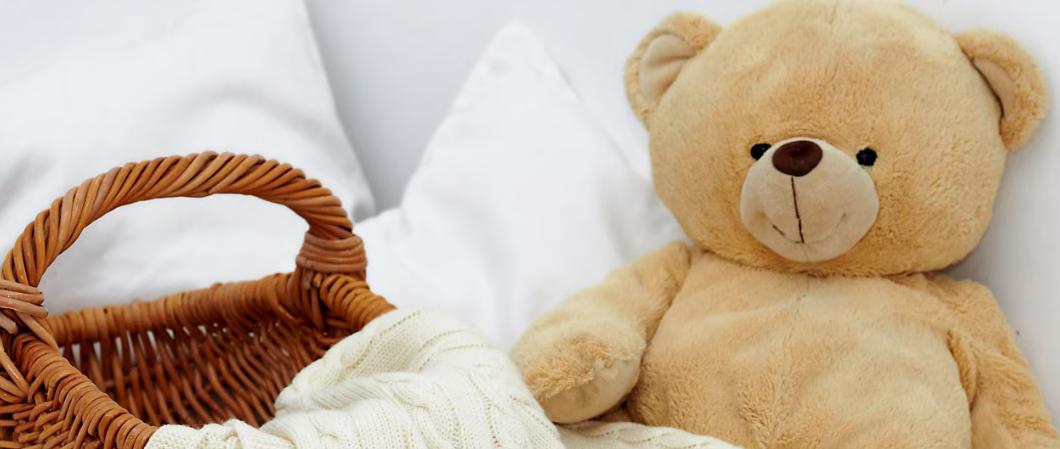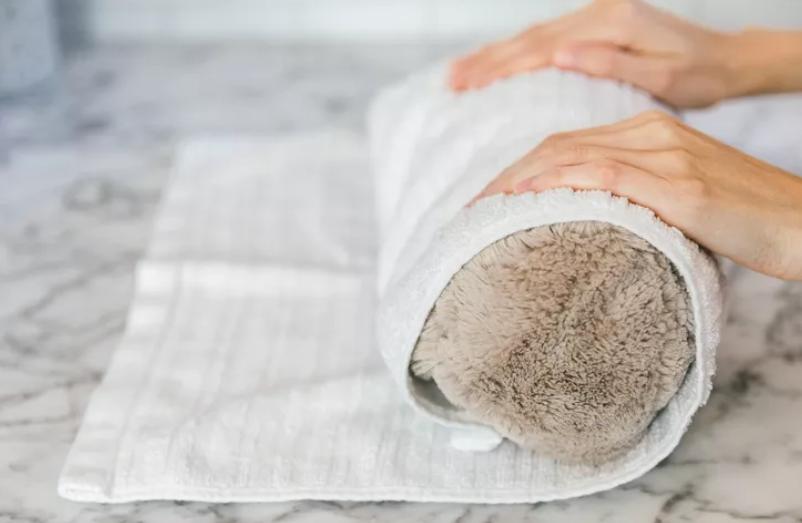Plush toys bring comfort to both children and adults but tend to gather dust, dirt, and germs over time. Knowing how to clean plush toys properly keeps them fresh and safe, but without care, their shape, texture, or color may be affected. This guide offers step-by-step methods for how to clean plush toys effectively while preserving their charm. Each plush toy may require specific handling depending on its fabric, stuffing, or embellishments. We’ll cover how to identify the right cleaning method—whether machine-washing or hand-washing—how to choose suitable products, and the best ways to dry plush toys without distortion. With these tips, your plush toys will stay clean, cozy, and ready for countless cuddles.

What Tools and Materials Do You Need?
To get started with cleaning plush toys, it’s helpful to gather a few essential tools and materials. The right supplies will ensure a smooth and effective cleaning process, minimizing the risk of damage. Here are the basics you’ll need:
With these materials, you’ll be prepared to clean any plush toy with confidence and care.
Can You Machine Wash Plush Toys Safely?
Machine washing is a convenient option, but not every plush toy can handle the rigorous movements of a washing machine. The materials and construction of plush toys can vary greatly, and certain fabrics or internal fillings may not withstand a machine wash. To safely machine wash a plush toy, it’s essential to assess whether it’s suitable for this method and then take proper precautions.
Checking Toy Labels for Machine Safety
Start by inspecting the care label on the plush toy. Many plush toys come with instructions regarding whether they can be machine-washed. Look for specific recommendations on wash settings, water temperature, and drying methods. If the label explicitly states “hand wash only” or “surface wash only,” avoid machine washing, as the toy may have delicate components, sensitive stitching, or materials that could shrink or warp in a machine. When in doubt, consider erring on the side of caution and hand-washing the toy instead.
Using a Laundry Bag for Extra Protection
For toys that can go into the washing machine, always place them inside a mesh laundry bag. The bag minimizes agitation during the wash cycle and reduces the chance of wear or snagging on other items. It’s especially beneficial for toys with plastic eyes, fabric accessories, or loose parts, as it prevents them from catching on the drum of the washing machine. This simple step can prolong the life of your plush toy while ensuring a thorough clean.
Selecting the Right Wash Cycle and Detergent
Use a gentle or delicate cycle with cold water when washing plush toys in a machine. Cold water prevents shrinkage and helps retain colors, while the delicate cycle reduces excessive movement. Opt for a mild, fragrance-free detergent, as harsh chemicals can damage fibers and fade colors. Avoid bleach or fabric softeners, which can be overly aggressive on plush fabrics. If possible, wash the toy alone or with other similar items to avoid unnecessary wear.
Step-by-Step Guide: Hand-Washing Plush Toys to Preserve Shape
For plush toys that are not machine-washable, hand-washing is a safe and effective method. By controlling the water temperature, detergent concentration, and pressure applied, you can keep plush toys clean without compromising their shape or softness.
Preparing the Water and Detergent
Fill a clean basin with lukewarm water and add a small amount of mild detergent. Avoid hot water, as it can cause the fabric to shrink and the stuffing to clump. Stir until the detergent is dissolved to prevent any residue that could leave the toy feeling stiff. Using lukewarm water ensures a gentle yet effective clean, removing dirt and oils without damaging the toy’s fibers.
Gently Scrubbing and Spot Cleaning
Dip a clean sponge or cloth into the soapy water and gently scrub the toy’s surface, paying extra attention to visibly dirty areas. Use a soft-bristled brush to work on tougher spots without applying excessive force. Spot cleaning helps target specific stains or dirt marks while minimizing overall exposure to water. Avoid scrubbing too hard to prevent damage to the fabric or stitching, which could cause deformities.
Rinsing and Removing Excess Water
Once clean, rinse the plush toy thoroughly under cool water to remove all soap residue. Gently squeeze the toy to remove excess water, but avoid twisting or wringing, as this can distort its shape. For better drying, press the toy between two clean towels to absorb additional moisture. This process helps retain the original shape and prevents any clumping in the stuffing.
How to Dry Plush Toys Without Distortion
After washing, drying plush toys is an essential step that helps preserve their shape and texture. The best method for drying plush toys is air drying, as machine drying can cause damage and deformities.
Place the toy on a clean towel or drying rack in a well-ventilated area, reshaping it as needed. Flip the toy occasionally to ensure even drying on all sides. Avoid using direct heat sources like hairdryers, radiators, or sunlight, which can cause uneven drying, shrinkage, or color fading. If necessary, you can use a hairdryer on a cool, low setting to speed up drying, but do so cautiously to avoid damaging the fabric.
Check the toy periodically to ensure it maintains its shape during the drying process. Reshape any areas that appear flattened or uneven as it dries. Proper air drying not only protects the toy’s shape but also helps it retain its softness and longevity.

Conclusion
By following these careful cleaning methods, you can keep your plush toys looking vibrant and feeling soft without compromising their original shape. Knowing how to clean plush toys effectively, whether through machine washing or hand-washing, ensures both methods deliver great results with the right precautions. These cleaning techniques help maintain the charm, safety, and softness of plush toys, making them ideal for continued enjoyment. Regular cleaning is especially crucial for toys that young children play with, as it keeps them hygienic and safe. With these steps, you can enjoy the peace of mind that your plush toys are clean, fresh, and ready for countless more cuddles.
FAQ
Can I use a hairdryer to dry plush toys?
Yes, but it’s recommended to use a hairdryer only on a cool, low setting. High heat can cause the fibers to shrink or distort, which could alter the toy’s shape. When possible, air drying is preferable to keep the plush toy in optimal condition.
How often should I clean plush toys?
For plush toys frequently used by children, a monthly wash may be ideal to keep them free from dust and bacteria. For less-used or display-only toys, cleaning every few months is usually sufficient. Regular cleaning not only keeps plush toys looking fresh but also helps reduce allergens, which can accumulate in fabrics over time.
What’s the best way to remove stains from plush toys?
To tackle stains, mix a small amount of mild detergent with water and apply it to the stained area using a soft cloth or sponge. Gently rub the area in circular motions, then rinse with a clean, damp cloth. Be cautious not to oversaturate the fabric. Repeat as needed until the stain is removed, then allow the toy to air dry completely.
